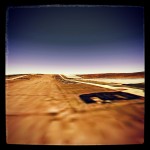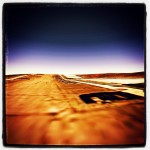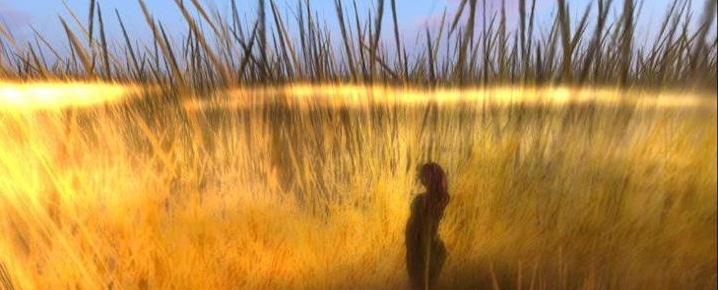Writers and maps have always had a special relationship. This week in the #clmooc, we made maps and talked about maps a lot. It was rather difficult for me to get into the mapmaking frame of mind, and while others were mapping their streets and their minds and their futures (no dearth of creativity there), I resisted at first. I fussed about privacy. Did I really want to map my location? I’ve never been a big fan of Foursquare because I don’t like to advertise my location, although of course I do in various ways all the time, as I think most of us do unless we make a concerted effort to conceal our whereabouts. I starting digging around a website my hometown keeps of historical maps, dating back to the 18th century. (See the results in the post below this one, Drowned Meadow Revisited.) But the influence of the week’s assignment was deeper than I had expected.
I’ve never been a big fan of Foursquare because I don’t like to advertise my location, although of course I do in various ways all the time, as I think most of us do unless we make a concerted effort to conceal our whereabouts. I starting digging around a website my hometown keeps of historical maps, dating back to the 18th century. (See the results in the post below this one, Drowned Meadow Revisited.) But the influence of the week’s assignment was deeper than I had expected.  I remembered that an entire study area of my doctoral comprehensive was focused on the poetry of place. So many, many brilliant poems and so many of my favorite works are poems of place, really verbal maps, usually either narratives of real geographies in a state of just being perceived (Michael Anania’s Riversongs) or or virtual places being mapped out for the mind’s habitation (Dante’s Inferno, William Hunt’s corridors of Orpheus, Robert Duncan’s meadow of the mind, Sylvia Plath’s cave in “Nick and the Candlestick”). The virtual realities of Second Life and Azeroth are navigable by map. In World of Warcraft, these wonderful maps begin almost blank but begin to develop, expose terrain, gradually as the player encounters new regions. This is such a salient and profound metaphor for learning that it makes my jaw drop. One cannot understand where one is without some form of map,
I remembered that an entire study area of my doctoral comprehensive was focused on the poetry of place. So many, many brilliant poems and so many of my favorite works are poems of place, really verbal maps, usually either narratives of real geographies in a state of just being perceived (Michael Anania’s Riversongs) or or virtual places being mapped out for the mind’s habitation (Dante’s Inferno, William Hunt’s corridors of Orpheus, Robert Duncan’s meadow of the mind, Sylvia Plath’s cave in “Nick and the Candlestick”). The virtual realities of Second Life and Azeroth are navigable by map. In World of Warcraft, these wonderful maps begin almost blank but begin to develop, expose terrain, gradually as the player encounters new regions. This is such a salient and profound metaphor for learning that it makes my jaw drop. One cannot understand where one is without some form of map, although maps can take many forms. One cannot do analysis without some form of map, and analysis is indeed a form of mapping, whether it be form written texts, for places in the world, for media of any sort, or for understanding current events or dreams. And the best maps are the ones that we make ourselves, as the world makes itself known to us, and we chart it, for ourselves and for others who follow our lead.
although maps can take many forms. One cannot do analysis without some form of map, and analysis is indeed a form of mapping, whether it be form written texts, for places in the world, for media of any sort, or for understanding current events or dreams. And the best maps are the ones that we make ourselves, as the world makes itself known to us, and we chart it, for ourselves and for others who follow our lead.
“Of the Map That Changes” is a poem in a collection of the same name by William Hunt. It was first published in Poetry in April, 1968, eleven years before I met him in Chicago. The three photos above were screenshots taken today on my iPad in Google Earth and run through Instagram; the application flattened the terrain, in essence turning my street into Flatland. Fascinating!
